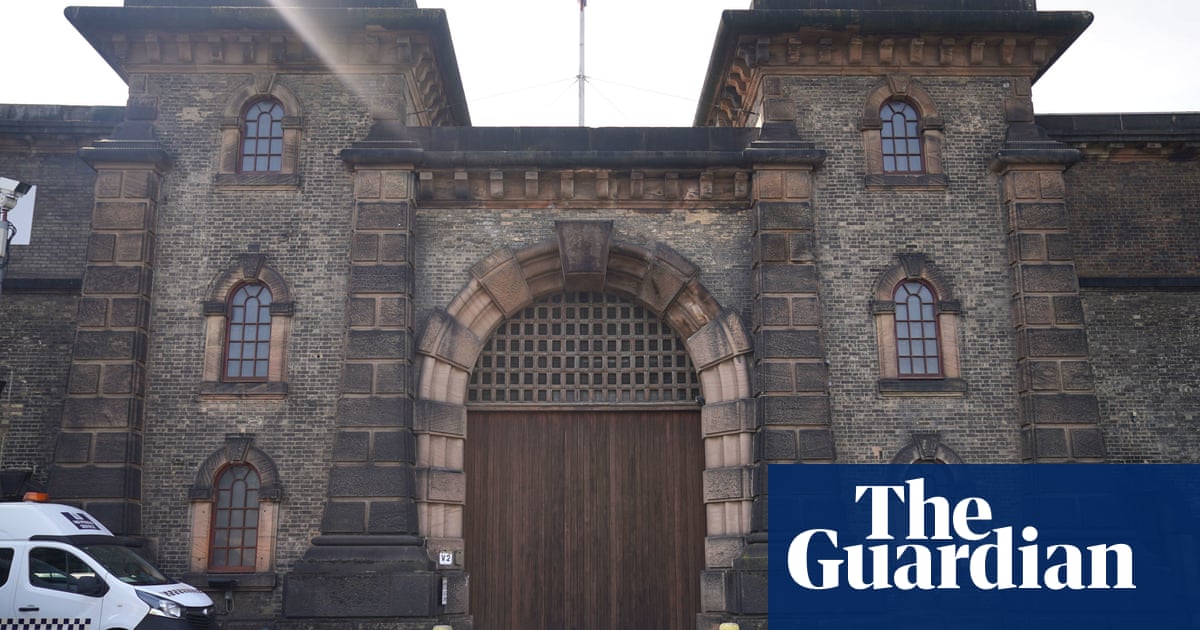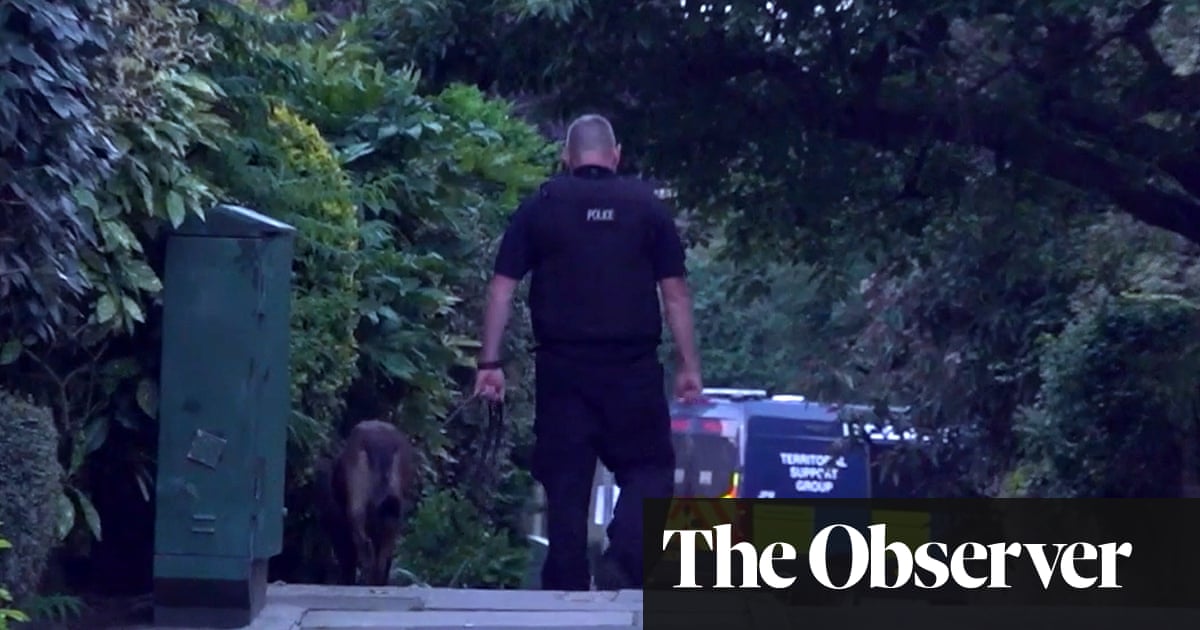
Police are investigating the first reported sighting of the escaped terrorism suspect Daniel Khalife and offering a £20,000 reward for any information that might lead to his arrest.
As the search for Khalife threatened to extend into a fourth day, the reported sighting offered a glimmer of light for officers still struggling for a breakthrough after a search of Richmond Park failed to yield results.
Khalife was reportedly seen walking away from a Bidfood van that had stopped near the south entrance to Wandsworth Roundabout and walking towards the town centre shortly after his escape from HMP Wandsworth on Wednesday morning.
The Metropolitan police’s counter-terrorism commander, Dominic Murphy, said the sighting “could be very significant”.
He said: “This remains a fast-paced and dynamic investigation, but I want the public to know that a large number of officers are working extremely hard to locate Khalife.
“We have now received more than 100 calls from the public, and we thank everyone who has contacted us with information. The sighting near Wandsworth Roundabout could be very significant, and this is one of many useful lines of inquiry that officers are perusing.”
He added: “My message to him is to hand yourself in – either call us or go to a local police station and hand yourself in. With the reward we are offering today and the amazing support we have had from the public and the media, we will be closing in on you.”
More than 150 of the Met’s counter-terrorism officers and staff are continuing the search for Khalife, with support from colleagues across the Met and in other forces.
Murphy said the focus of the search remained in London. As recriminations over the escape continued, many experts echoed Murphy’s comments of the previous day when he suggested Khalife’s skillset developed in the army would make him a more elusive target.
The escaper would have completed level one survive, evade, resist, extract (Sere) training, a 16-hour course that ends with a practical exercise, British army sources said on Friday.
At their highest level, Sere courses are designed to help special forces soldiers or shot-down pilots survive behind enemy lines, but at the most basic level they are designed to teach soldiers greater resilience in the field.
After completing basic training at Pirbright in Surrey, Khalife served in 22 Signal Regiment, which provides communications for Nato’s Allied Rapid Reaction Corps, a 300-strong multinational command based in Gloucestershire.
A spokesperson for the British army said that even as a signaller he would have been “trained to shoot, navigate, communicate, and to be fit, robust and have some basic medical skills”, although some veterans said much of the training was basic.
On Thursday, counter-terror police emphasised that Khalife, while not thought to be a danger to the public, was “a trained solider” and that the UK had “some of the best military in the world”, as they sought to hunt him down.
The army has already dismissed Khalife, who faces terrorism and espionage charges including planting a fake bomb at his Staffordshire barracks in early January.
The praise of forces’ training has been quietly well received in some military circles. Maj Michael Shearer, a retired military officer, told Sky News: “Soldiers know how to handle these type [of] pressures. The state of mind that soldiers have … [there] is constantly a part of their being that is thinking: ‘How will I deal with that?’”
Police continued to advise on Friday that Khalife did not pose a threat to the wider public but said anyone who saw him should not approach him and instead call 999 immediately. They urged people to submit relevant material, whether CCTV, doorbell footage, mobile phone footage or dashcam footage, to their UK Image Appeal website.
Earlier on Friday, the Scotland Yard chief, Sir Mark Rowley, said officers were investigating the possibility that Khalife had help from within Wandsworth prison to carry out his “clearly pre-planned” getaway.
The 21-year-old is believed to have slipped out of the prison where he was working and strapped himself to the bottom of a Bidfood delivery van.
The mayor of London, Sadiq Khan, joined the chorus of voices highlighting the possible contribution to the escape conditions at HMP Wandsworth, saying there were questions about the “link between government austerity and this man escaping” from the overcrowded Victorian prison with insufficient staff.
Ministry of Justice figures published on Friday showed that on 25 August there were 1,617 prisoners in Wandsworth – 667 more than it was designed for.












